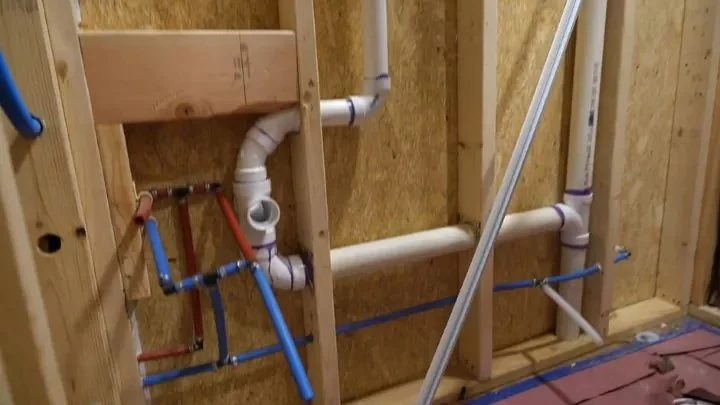
- Understanding Plumbing Needs in Tiny Homes
- Key Plumbing Considerations for Tiny Homes
- Choosing the Right Plumbing System for Your Tiny Home
- Common Plumbing Mistakes to Avoid in Tiny Homes
- Real-Life Examples of Tiny Home Plumbing Success
1. Understanding Plumbing Needs in Tiny Homes
Plumbing in tiny homes is different from traditional homes due to the limited space and compact systems. When building or renovating a tiny home, it’s crucial to understand how plumbing fits into your overall design and lifestyle. A well-thought-out plumbing system can make a huge difference in comfort, efficiency, and sustainability. Tiny homes often rely on simpler, more flexible plumbing solutions that can accommodate both space constraints and the need for water conservation.
The primary plumbing requirements for tiny homes typically include water supply, wastewater management, and heating. The key is to design systems that efficiently manage water while keeping everything compact and easy to maintain. With the right knowledge, DIY plumbing can be a cost-effective and rewarding part of the tiny home construction process.
2. Key Plumbing Considerations for Tiny Homes
Before diving into plumbing installation in a tiny home, there are a few essential factors to consider. These considerations will help ensure that your plumbing system runs smoothly, is durable, and meets the unique needs of tiny living:
1. Space Efficiency: Plumbing systems in tiny homes need to be compact and efficient. With limited room, every inch counts, so designing a system that doesn’t take up too much space is crucial. Consider using space-saving fixtures like compact toilets, stackable water heaters, or showerheads that minimize water usage without compromising functionality.
2. Water Conservation: Tiny homes often focus on sustainable living, and plumbing plays a significant role in water conservation. Opt for low-flow faucets, showerheads, and toilets to reduce water consumption. You might also want to explore options like rainwater harvesting or greywater recycling to further minimize environmental impact.
3. Wastewater Management: Managing wastewater in a tiny home is a top priority. Many tiny homes use composting toilets or holding tanks that need to be properly ventilated and maintained. If you’re planning to connect to a sewer system, ensure that your plumbing design meets local codes and allows for easy waste disposal.
4. Heating and Hot Water: Tiny homes typically require smaller, energy-efficient water heaters. Tankless water heaters are a popular choice due to their compact size and ability to provide hot water on demand, which is ideal for tiny living. Keep in mind that hot water usage may be limited, so it’s essential to manage expectations regarding water temperature and availability.
3. Choosing the Right Plumbing System for Your Tiny Home
There are several plumbing system options available for tiny homes, depending on your preferences, location, and whether you're living off-grid or connected to city utilities. Here’s an overview of some common choices:
1. Off-Grid Plumbing: For tiny homes off the grid, you’ll need a self-sufficient plumbing system. This typically includes a water storage tank, composting toilet, and wastewater holding tank. Off-grid systems offer flexibility and independence but require careful planning to ensure you have adequate water storage and waste disposal solutions.
2. City Water and Sewer Connections: If your tiny home is connected to municipal water and sewer systems, your plumbing will be similar to a traditional home. You'll need to install piping to connect your home to the water supply and sewage lines, which can be more straightforward but may require additional permits and approvals from your local municipality.
3. Hybrid Systems: Some tiny home owners use a combination of off-grid and connected systems. For example, you could have city water for drinking and cooking, while using a composting toilet or greywater system for waste management. Hybrid systems offer flexibility and sustainability, allowing you to enjoy some modern amenities while minimizing environmental impact.
4. Common Plumbing Mistakes to Avoid in Tiny Homes
While installing plumbing in a tiny home can be a rewarding experience, it’s essential to avoid common mistakes that can lead to issues down the road. Here are a few pitfalls to be aware of:
1. Underestimating Water Pressure Needs: Tiny homes often have smaller pipes and fixtures, so it’s important to ensure that your water pressure is adequate for daily use. Be sure to use a pressure regulator to avoid overwhelming your system or causing damage to plumbing components.
2. Poor Wastewater Management: Improperly designed or inadequate wastewater systems can lead to unpleasant odors and leaks. Ensure that your plumbing system has proper venting, and that any holding tanks or composting toilets are regularly maintained and emptied.
3. Not Planning for Freeze Protection: Plumbing in tiny homes, particularly those in colder climates, needs to be properly insulated and protected from freezing temperatures. Use pipe insulation and consider installing heating cables around exposed pipes to prevent freezing in the winter months.
4. Overcomplicating the Design: While it can be tempting to over-engineer your plumbing system, simplicity is key in tiny homes. Opt for straightforward, functional systems that are easy to install and maintain. Avoid complex setups that require extensive piping or unnecessary fixtures.
5. Real-Life Examples of Tiny Home Plumbing Success
Here are a couple of real-life examples of successful tiny home plumbing installations that demonstrate the importance of thoughtful design and planning:
1. Emily’s Off-Grid Tiny Home: Emily built her tiny home in the mountains and decided to go off-grid with her plumbing. She installed a rainwater collection system for water, a composting toilet, and a greywater filtration system for her sink and shower. Emily found that by focusing on sustainability and simplicity, her plumbing system was both effective and easy to maintain, even in harsh weather conditions.
2. Jake’s City-Connected Tiny Home: Jake's tiny home is located in an urban area and connected to municipal water and sewer systems. He opted for a compact tankless water heater, low-flow fixtures, and a small greywater system for the shower. By carefully selecting energy-efficient plumbing solutions, Jake was able to enjoy all the comforts of city living while keeping his system as sustainable as possible.
Plumbing in a tiny home requires careful planning, smart design, and the right materials. By understanding the unique needs of tiny living and avoiding common mistakes, you can create a plumbing system that is both functional and efficient. For expert plumbing supplies and tips, visit Plumbers Supply Hub for everything you need to build or upgrade your tiny home plumbing system.


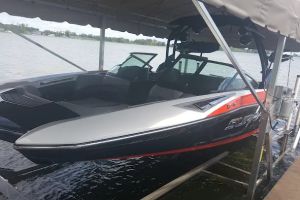
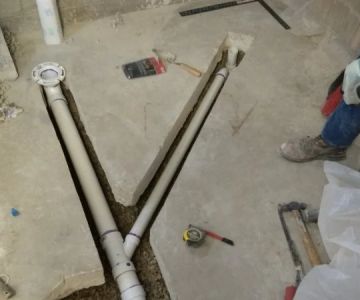





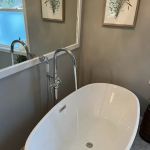 Oakland Plumbing LLC5.0 (17 reviews)
Oakland Plumbing LLC5.0 (17 reviews)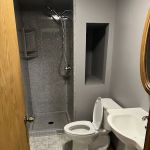 Midwest Plumbing & Service4.0 (7 reviews)
Midwest Plumbing & Service4.0 (7 reviews)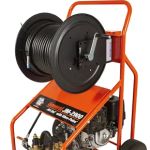 Moberly Plumbing4.0 (117 reviews)
Moberly Plumbing4.0 (117 reviews)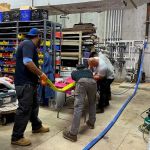 American Trenchless Technologies4.0 (8 reviews)
American Trenchless Technologies4.0 (8 reviews) Tony's Plumbing3.0 (12 reviews)
Tony's Plumbing3.0 (12 reviews)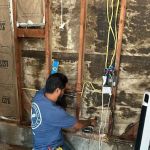 Socal Plumbing Co5.0 (5 reviews)
Socal Plumbing Co5.0 (5 reviews) How to Repair a Hairball Clog Without Harsh Chemicals
How to Repair a Hairball Clog Without Harsh Chemicals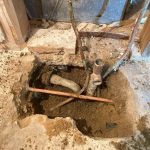 How to Repair a Junction That Is Leaking Under Slab: A Comprehensive Guide
How to Repair a Junction That Is Leaking Under Slab: A Comprehensive Guide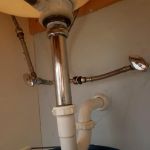 How to Replace a Sink Overflow Tube: A Complete Step-by-Step Guide
How to Replace a Sink Overflow Tube: A Complete Step-by-Step Guide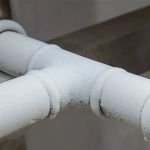 What Causes Frozen Pipes and How You Can Prevent It - Expert Tips
What Causes Frozen Pipes and How You Can Prevent It - Expert Tips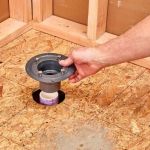 How to Replace a Shower Niche Drain: Step-by-Step Guide for Homeowners
How to Replace a Shower Niche Drain: Step-by-Step Guide for Homeowners How to Replace an In-Wall Shower Drain: Step-by-Step Guide
How to Replace an In-Wall Shower Drain: Step-by-Step Guide